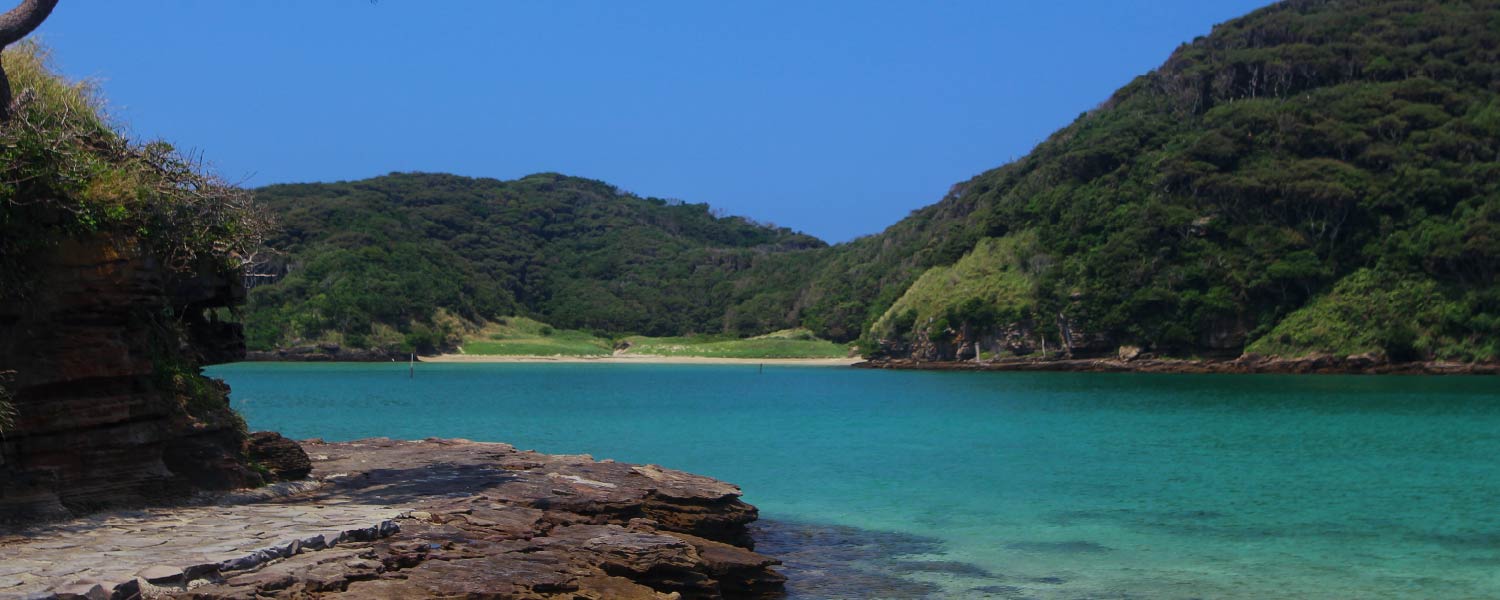Iki City in Nagasaki Prefecture is an archipelago composed of 24 islands in the Genkai Sea, off the north coast of Kyushu. Its central island, Iki Island, is located 76 km northwest of Hakata Port in Fukuoka City. It is a relatively flat island shaped like a long turtle with a total area of 138 km².
The island is located on the route between Kyushu and the Korean Peninsula, making it an important trading hub between these regions and other surrounding areas since antiquity. The historical significance of the island is evident in the record of its name in a historical document published in the late 3rd century, as well as a number of valuable historical sites across the island. Iki is known as the birthplace of barley shochu as well.











